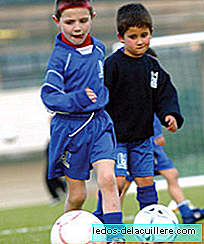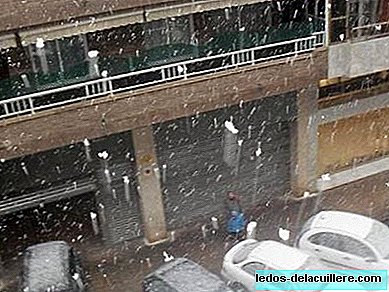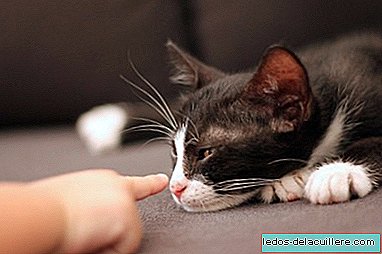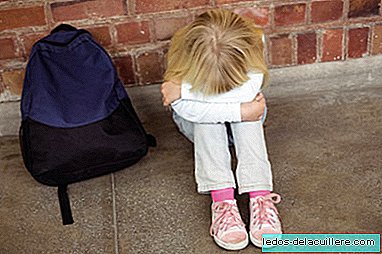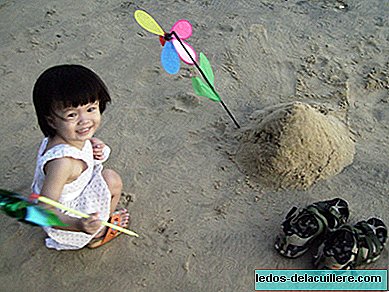
Language development in the child It is something that, as our child grows, develops, which will gradually be more similar to what we use in our day to day.
All aspects of our child's language (sounds and vocabulary, imitation, understanding and communication) are becoming increasingly complex nuances that make their interaction with the environment more effective.
Arrived at the time interval between the three and four years We are going to see how their language becomes more complex and more elaborate, gradually resembling ours.
Expressive language
The correct development of expressive language In the child between the ages of three and four, it will mean an explosion of progress in many aspects. One of the most prominent is in the production of different phonemes, which you can also auditory discriminate in an easier way.
At this age, our child should be able to correctly pronounce the phonemes / b /, / p /, / t /, / g /, / k /, / f /, / j /, / ch /, / m /, / n /, / ñ / and / l /, and are in the process of acquiring the phonemes / d / and / r / (the simple r). Similarly, complex syllables formed by a consonant and the phoneme / l / are also in the process of acquisition; These groups called "symphons" are: pl, bl, fl, tl, cl and gl.
If we observe that, at the time of speaking, our little one commits some mistake in any of these phonemes, we must be careful since we can face a case of dyslalia and it would be advisable to be evaluated by a specialist.
The elaboration of his sentences are also more complex, since little by little he will be making complex sentences joined by the conjunctions "and", "but", "because" or "what" (I want to play but it rains), correctly use the auxiliary verbs ser (that dog is very big) and to be (I'm eating ice cream), they use future periphrasis (I'm going to play with dad), use past times correctly (I ate hamburger with my friends) and the imperative in your sentences (I want to play!)
In their sentences, which are capable of correctly enunciating using up to five words, they correctly employ different possessive forms (mine, yours ...), in addition to the reflexive pronouns “se” and “te” and the plurals of personal pronouns (they, they).
Little by little they increase the number of combinations of words in their sentences, giving more information to the interlocutor and making the meaning expressed as explicit as possible, as well as increasing the words that are integrated into different categories (such as verbs, pronouns, adverbs, adjectives ... as well as functional words (articles, prepositions ...) that help make everything our child wants to let us know easier to understand.
It is in this period of time that they stop committing the phenomenon known as "overextension." This phenomenon is that the child uses the same word to refer to all those representations that meet certain standards. For example: call all four-legged animals with hair (can be cat, cow ...), or call all four-wheel transport vehicles (can be a truck, bus ...).
Similarly, their ability to use language in what situations will increase. He will also be able to reflect emotions with precision, clarity and complexity, in addition to controlling and faking emotional experiences. Little by little, he will also be able to put himself in the place of another person and prove that knowledge of the world is not the same for all people.
Comprehensive language
The understanding About what we say, he will also experience a great advance in our son, since now he will be able to carry out two actions that do not relate to each other, in addition to beginning to understand abstract concepts (handsome, ugly, far, fat ...).
When we ask a question like "what's missing?", "How?" or why?" You can answer them and state them correctly. In addition, now that you are starting to use prepositions in your broadcasts, you will also be able to understand them, either verbally or nonverbally, that you understand slogans that include prepositions. Know and respond appropriately to your name, sex, age and street name. Finally, we can verify that the ecolalia also disappears (repeat exactly the same thing you hear immediately).
Conclusion
At language development in children between three and four years old We can see how it is in the expressive language where more significant changes occur. However, we must be aware that this linguistic evolutionary process is not altered. If there is any doubt or alarm signal, it is advisable to consult a specialist to help us solve our concern.


